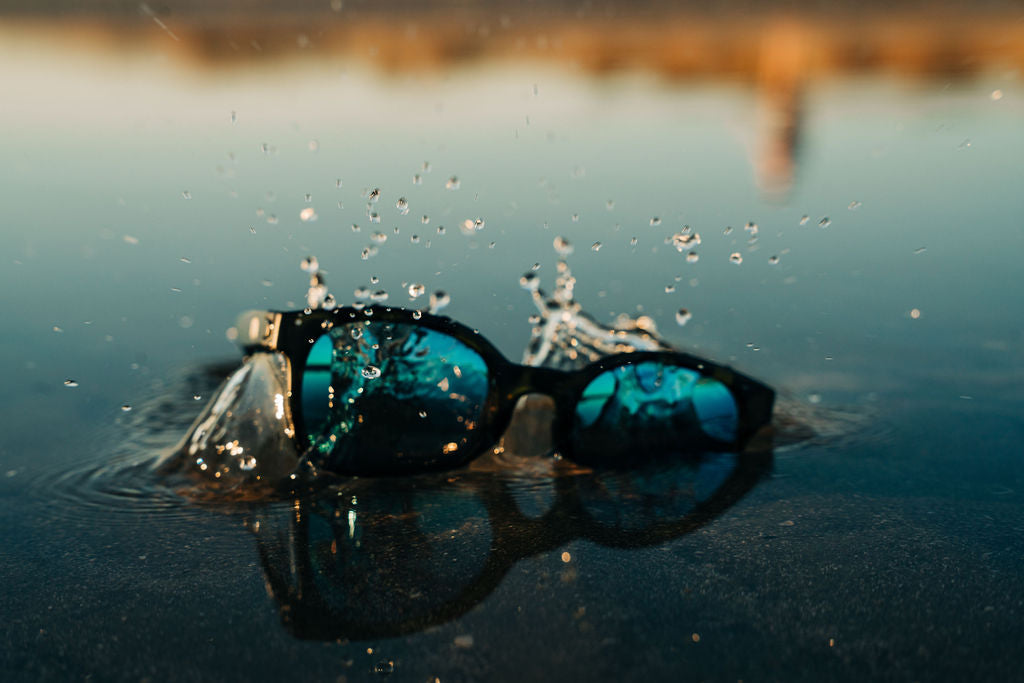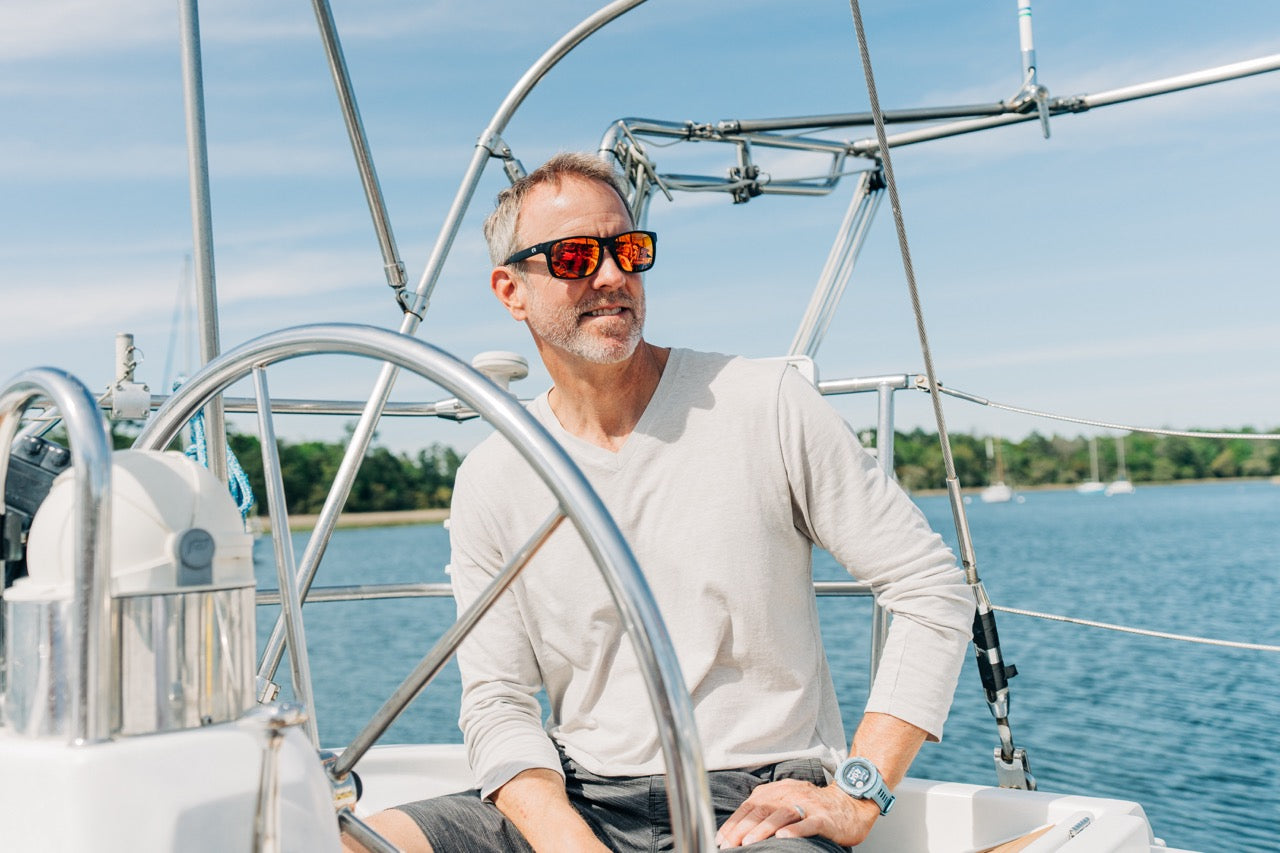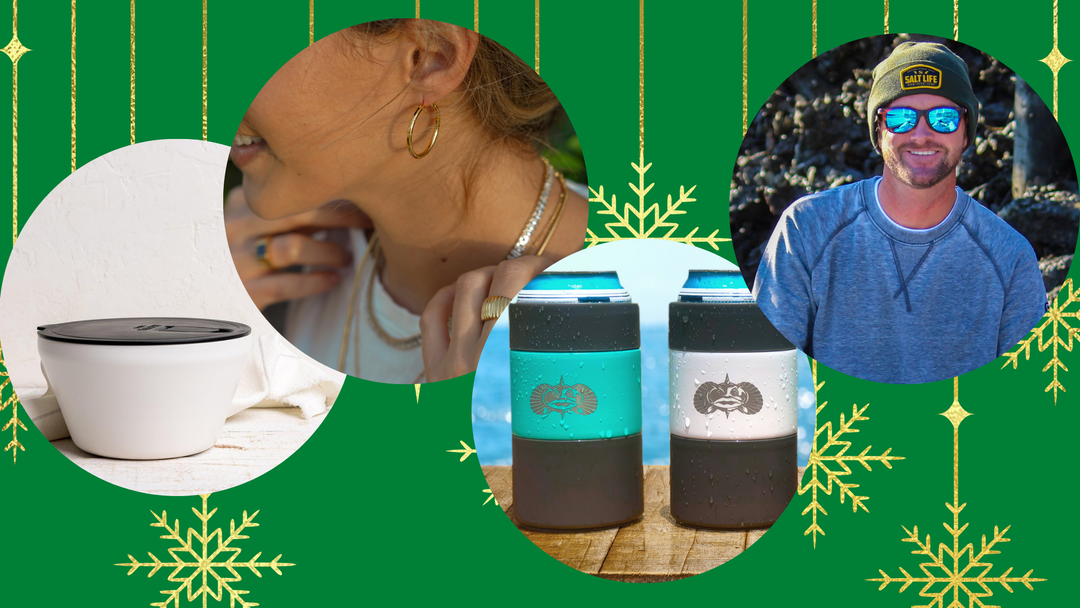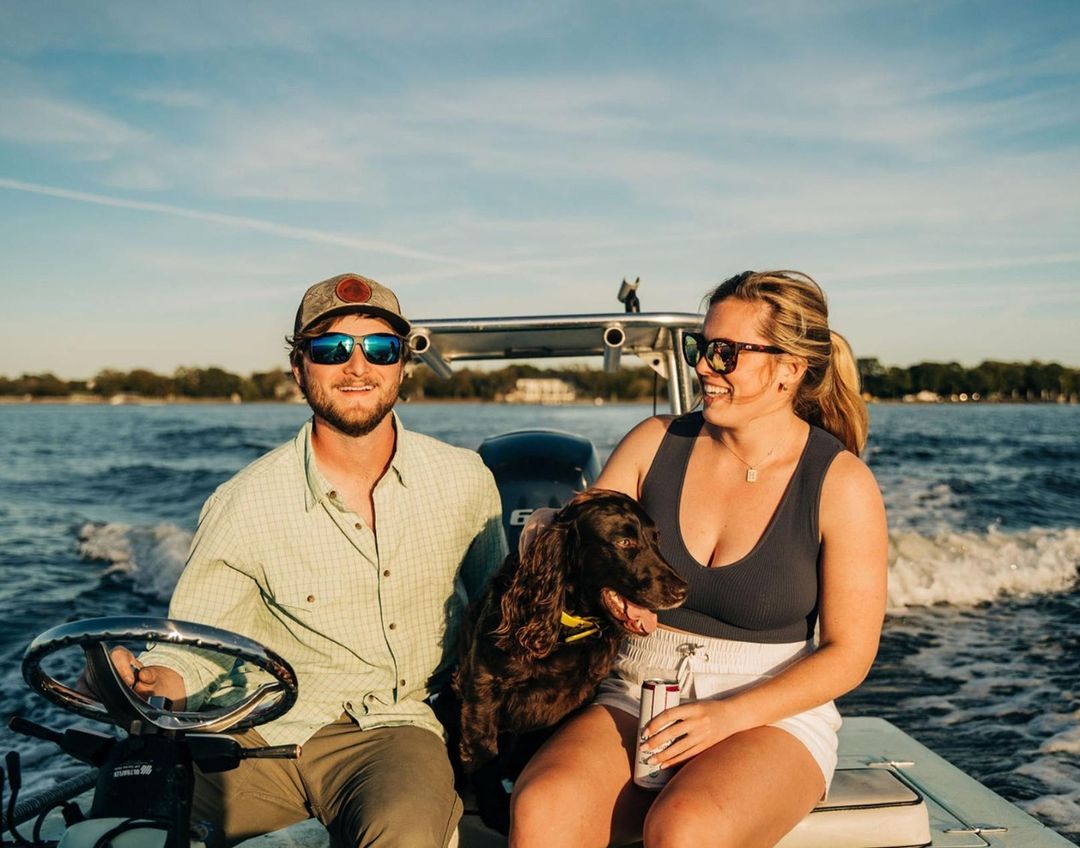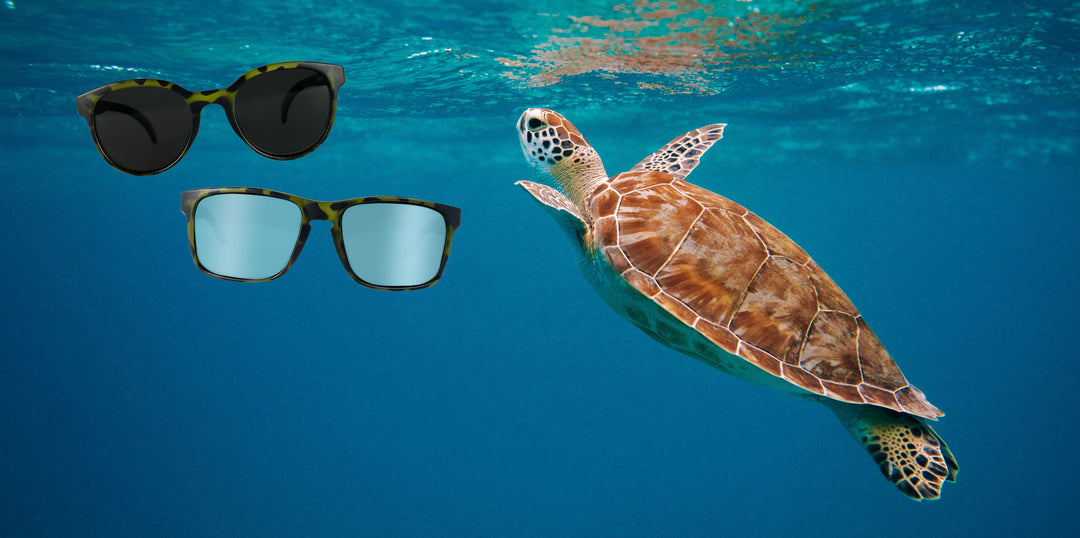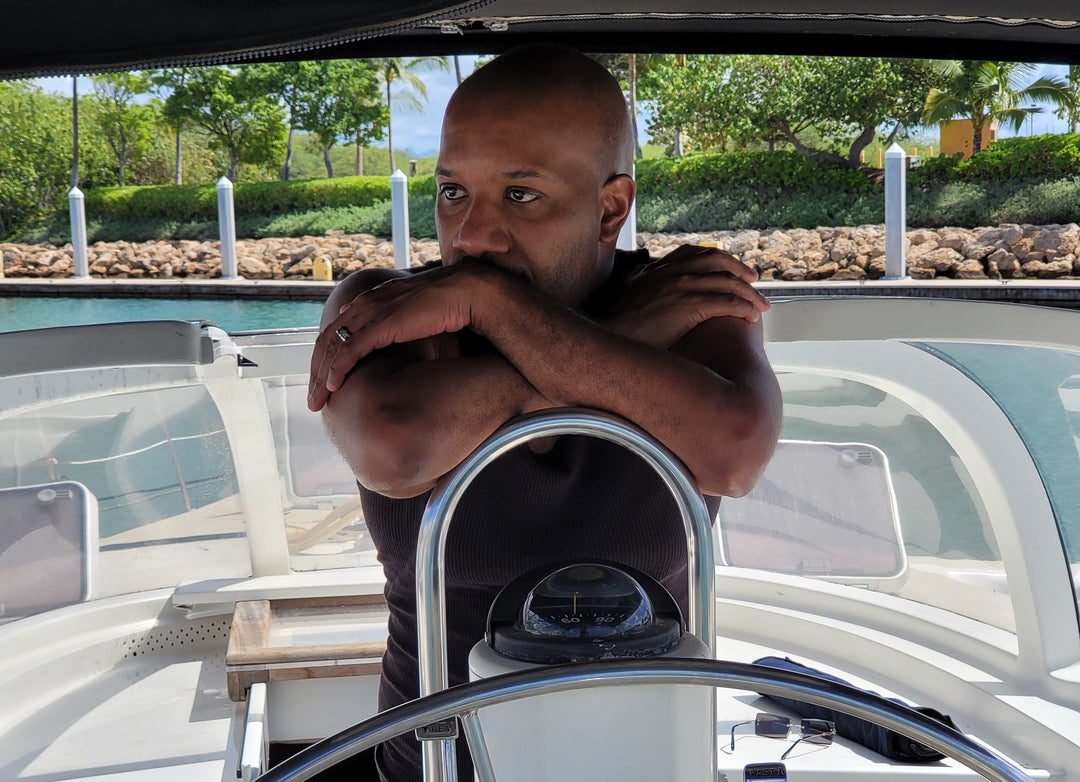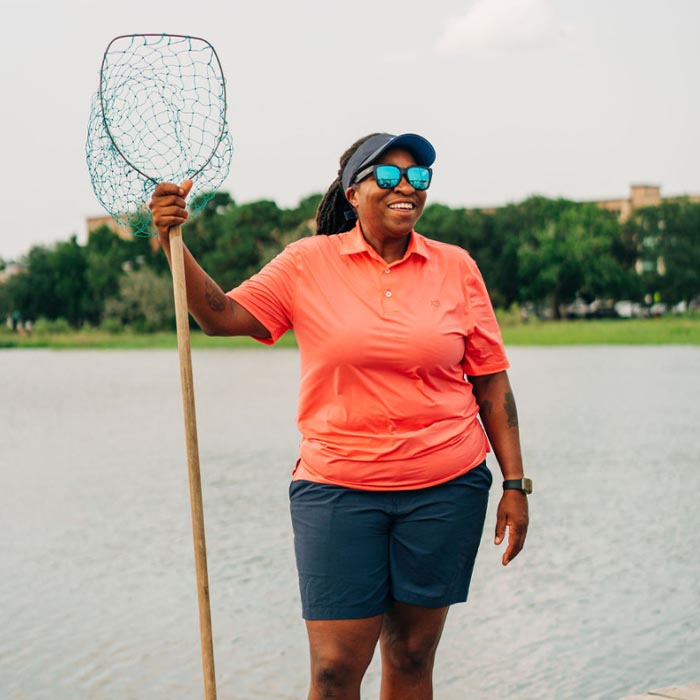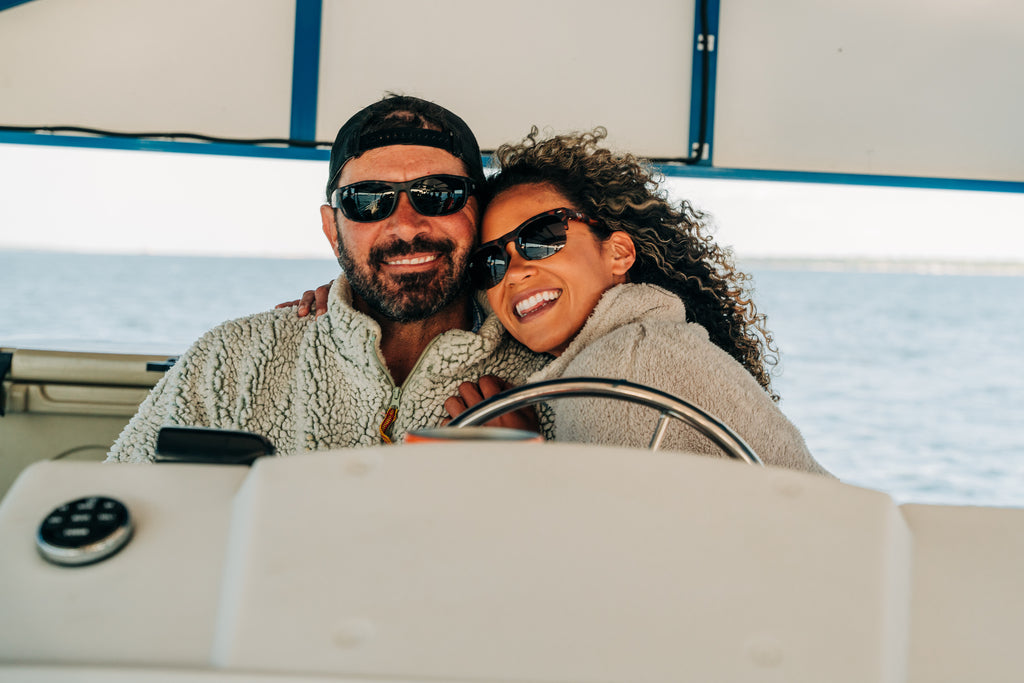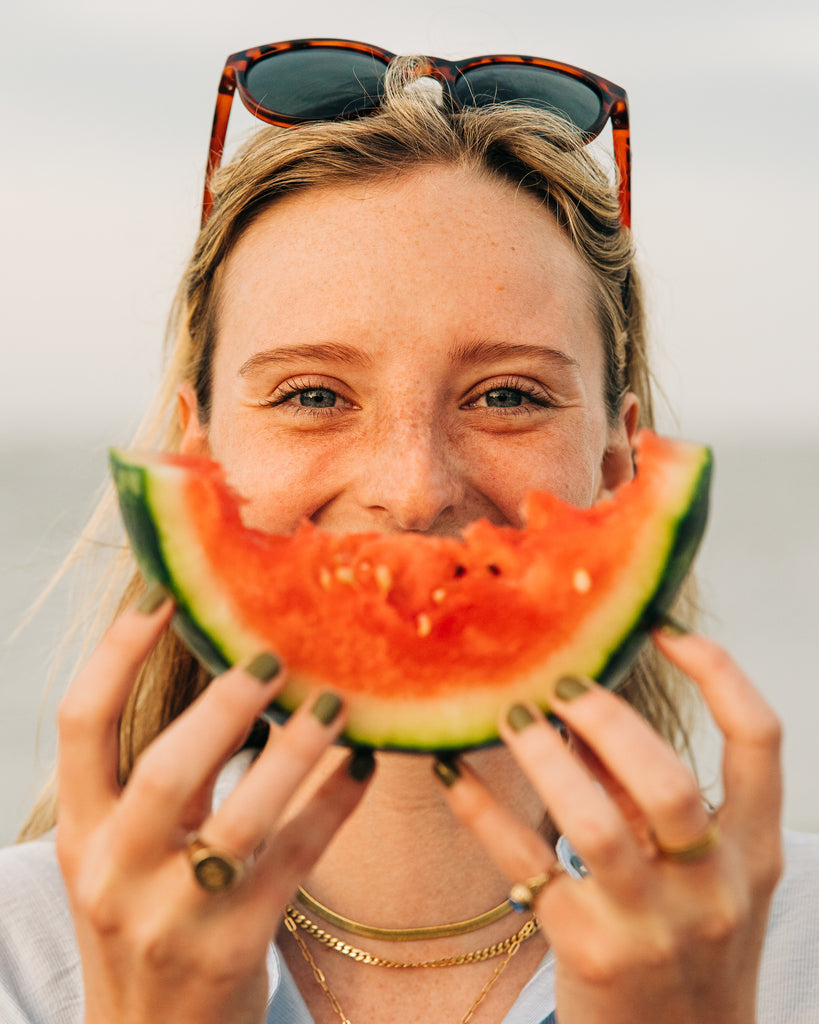Save South Carolina Oysters
It’s hard to imagine the Lowcountry without oyster roasts and raw bars. But did you know we’re just one major event (think hurricane or disease) away from the complete eradication of South Carolina oyster populations? It’s important that we focus on preventative restoration efforts now, rather than trying to force restoration after damage has already been done.
Why are our local oysters in danger?
For oysters to reproduce, the young oysters must attach themselves to a hard substrate — ideally another oyster shell. If they can’t find a suitable shell, the juvenile oyster dies. When we harvest adult oysters for food, we interrupt this import lifecycle by removing their shells from the ecosystem. Most of these shells are never returned to the waterways.
According to the South Carolina Department of Natural Resources, South Carolina has a shell deficit of 10,000 bushels per year. That’s a huge chunk of natural habitat that oysters depend on for their population health. Recycling and replanting oyster shells is an important way to protect oyster habitats for future generations. And while oyster bed restoration is underway, sustainable oyster farming alleviates the pressure that harvesting places on these delicate populations.
The many benefits of local oyster farming
A small group of local farmers is using the latest preventative mariculture techniques to revive the industry and replenish the Lowcountry waterways with oysters. Sustainable oyster farming takes stress off of the wild resource by offering a locally-sourced alternative, and as a result it has the potential to dramatically reduce the state’s shell deficit.
Shellfish aquaculture has many other benefits. It does great things for the ecosystems as it processes the nutrients in the water column, reduces erosion, and provides a food source in a country that imports 85% of its seafood. Plus, these farms provide jobs and money to the local economies in Charleston and the rest of the Lowcountry.
So, how can you help save South Carolina oysters?
Unfortunately, our Lowcountry oysters and oyster farmers are facing harmful regulations that could destroy local businesses and put our wild oyster populations back at greater risk. Those who oppose this small mariculture community are concerned about the floating cages used to farm oysters.
They claim these cages would obstruct our waterways, though oyster farms already must adhere to strict navigational guidelines to protect waterway use for boats and recreation. Others claim the cages deter wildlife, though in reality they encourage and attract many species. Crabs, fin fish, lobsters, octopie, juvenile fish, shrimp, inshore and offshore fish like sea bass and grouper all flock to these oyster cages for shelter and feed off of the nutrients the oysters provide. The cages in question (which take up about 25 acres in South Carolina compared to 110+ acres of private docks on the Stono River alone) are actually tremendously valuable for our water and ecosystems.
To learn more and help protect our local oysters, check out the Save South Carolina Oysters petition. It’s time to have your voice heard, for shuck’s sake!
